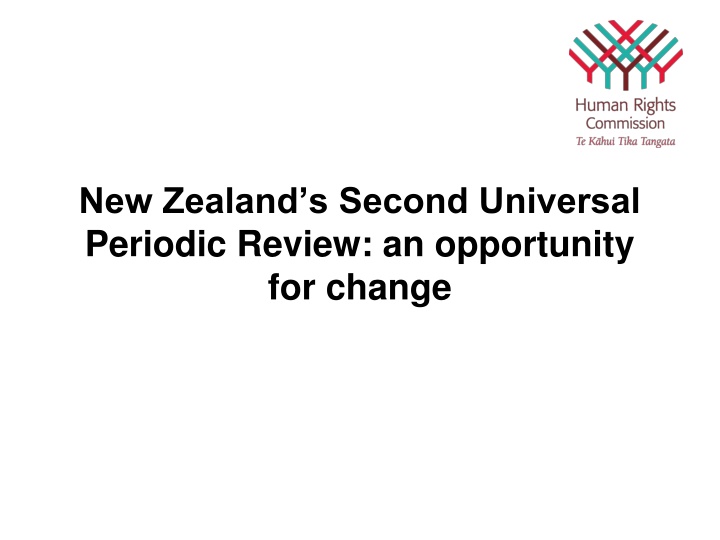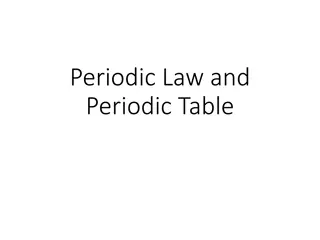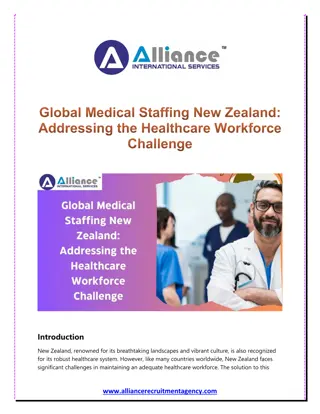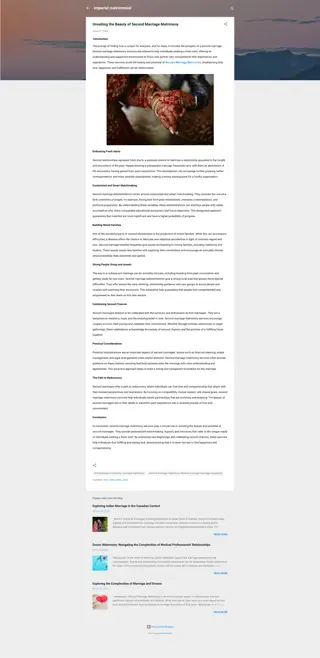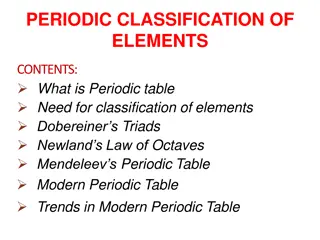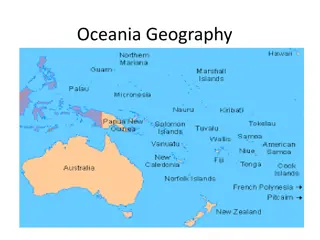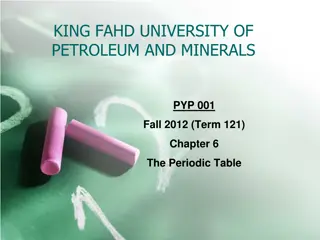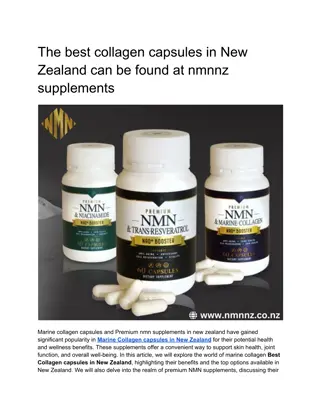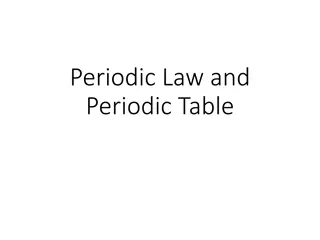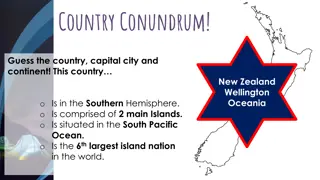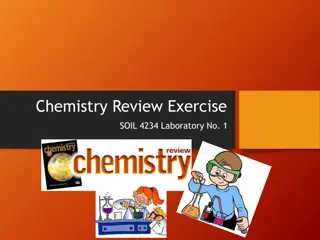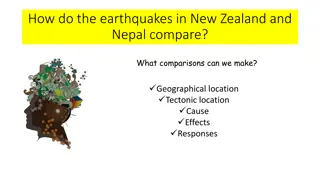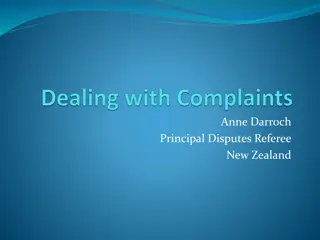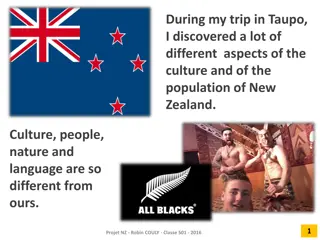New Zealand's Second Universal Periodic Review: An Opportunity for Change
The significance of New Zealand's second Universal Periodic Review (UPR) as a unique opportunity to influence the country's human rights landscape and enhance rights realization across various sectors. Gain insights into the UPR process, its outcomes, and the basis on which it is conducted
Download Presentation

Please find below an Image/Link to download the presentation.
The content on the website is provided AS IS for your information and personal use only. It may not be sold, licensed, or shared on other websites without obtaining consent from the author.If you encounter any issues during the download, it is possible that the publisher has removed the file from their server.
You are allowed to download the files provided on this website for personal or commercial use, subject to the condition that they are used lawfully. All files are the property of their respective owners.
The content on the website is provided AS IS for your information and personal use only. It may not be sold, licensed, or shared on other websites without obtaining consent from the author.
E N D
Presentation Transcript
New Zealands Second Universal Periodic Review: an opportunity for change
Human rights Human rights belong to and are about all of us Universal periodic review process (UPR) is a unique opportunity to: influence Aotearoa New Zealand s human rights landscape improve realisation of rights across all sectors 2
Presentation overview Overview of the UPR process Outline the opportunity to contribute Will link to the facilitated discussions which take place at the end of this conference Overview of forthcoming development of New Zealand s second National Plan of Action 4
What is the UPR? Review of human rights record of all United Nations Member States Cooperative, state-driven process Led by United Nations Human Rights Council (Geneva) UPR process designed to ensure equal treatment among states in assessing its human rights situation 6
What is the UPR? Process created 2006 By October 2011, UPR of all United Nations Member States completed A core element of the UN Human Rights Council 7
What is the UPR? Formal consideration of Aotearoa New Zealand s human rights record by United Nations Human Rights Council Member States Periodic: every 4 years Result of each UPR: reflected in an outcome report Outcome report lists recommendations the State under review either decline to accept or commits to implement before its next UPR 8
What is the UPR based on? Three main documents: National Report on national human rights situation prepared by the Ministry of Foreign Affairs and Trade 20 pages maximum Compilation of treaty body and UN special procedures information prepared by the Office of the High Commissioner on Human Rights 10 pages maximum Summary of information from the New Zealand Human Rights Commission and civil society prepared by Office of the High Commissioner of Human Rights 10 pages maximum 9
Why engage in the UPR? Valuable opportunity to raise awareness about human rights All human rights obligations can be addressed State acceptance of UPR recommendations signals strong political commitment to implement them in the following 4 years - international accountability 10
Opportunity for civil society? Yes: voice of civil society NGO recommendations can officially be made to New Zealand NGO information becomes part of the official documentation prepared for the review 11
Opportunity for civil society Yes: partnership and collaboration Opportunity to strengthen civil society - government relationship Opportunity to encourage an ongoing, open and transparent human rights dialogue in NZ Opportunity to collaborate with other civil society actors and establish new partnerships 12
Can attend as observer NGO if accredited 13
Key dates Stakeholder submissions (and Human Rights Commission) due 17 June 2013 Government/national report due 28 October 2013 Review: January/February 2014 Adoption of outcome document: April/May 2013 14
Making a submission Individual/individual organisation report (5 pages max. + annexes) Joint report (10 pages max. + annexes) Endorse a national NGO report Groups coordinating submissions: ACYA, Human Rights Foundation, Peace Movement Aotearoa 15
Making a submission NGO submissions are reviewed by the Office of the High Commissioner for Human Rights OHCHR then prepares summary document 16
Making a submission Emphasise key points Focus on last four and a half years since first UPR (2009) Focus on areas of concern to you/your communities Solutions focussed Concise Include paragraph on background of submitter 17
Making a submission Comply with technical guidelines of OHCHR: Included in the Practical Guide for Civil Society Universal Periodic Review published by the OHCHR 18
Making a submission New online submissions system: http://uprdoc.ohchr.org/ 21
Participation in wider process Government consultation International accountability Presence in Geneva 22
Adoption of outcomes Speaking rights Priority given to coalition/joint statements Written statement Lobby government 24
Implementation On-going dialogue Monitor Work with government and other stakeholders to engage
National Plan of Action Developed 2014, jointly with Government, civil society and the Commission New Zealand s Plan of Action Draw on commitments made by government to the UPR Focus on targeted, concrete solutions to improve the situation for all New Zealanders Action plan for five years New Zealand s human rights agenda
Questions? 27
More information... www.hrc.co.nz www.mfat.govt.nz/upr http://www.ohchr.org/ 28
